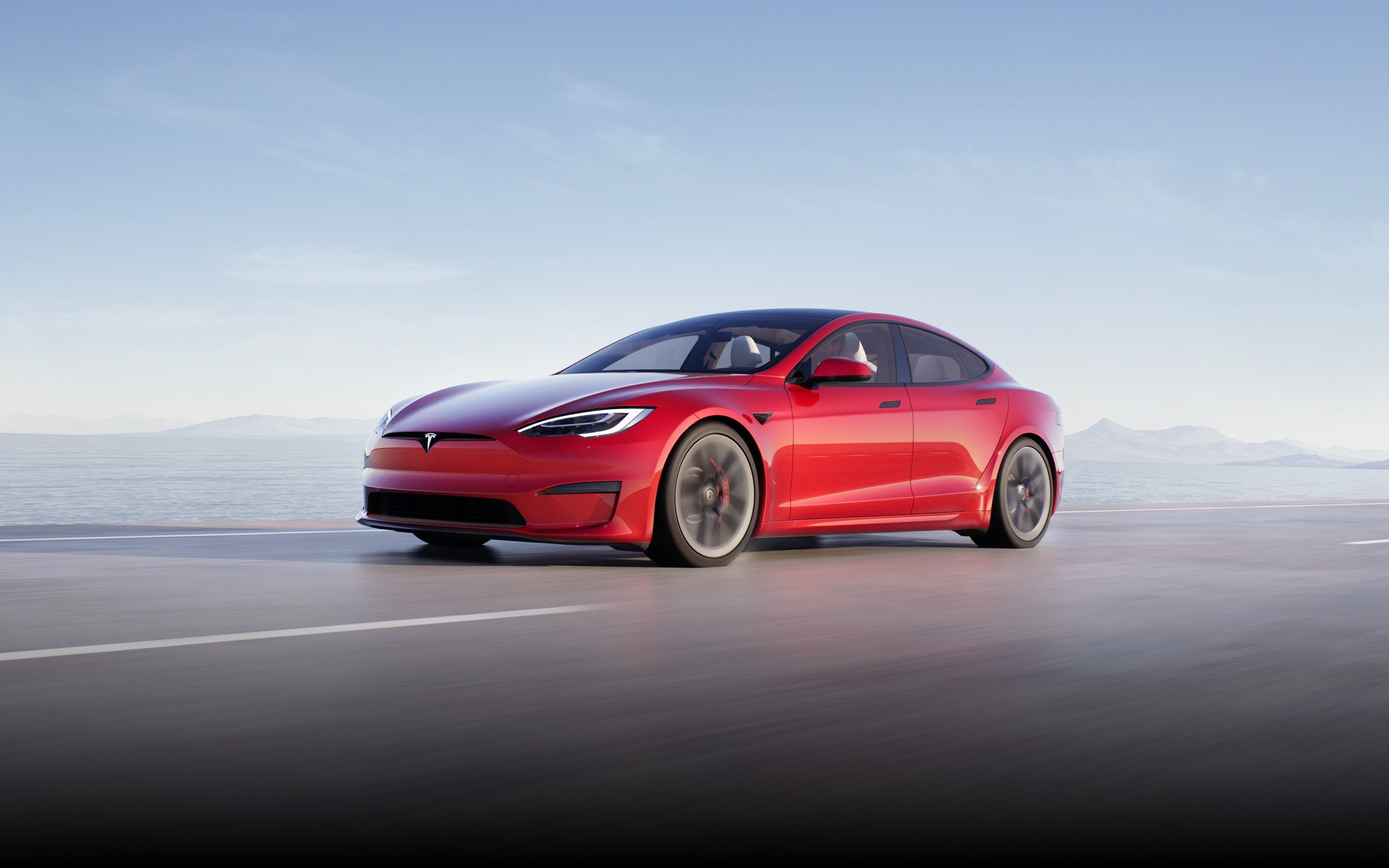
America's electric car revolution is starting to become a reality. This week, the Biden administration announced a new goal for zero-emissions vehicles to make up half of all new vehicle sales in the US by 2030. These include fully electric cars, plug-in hybrids, and fuel cell vehicles. Now, Reuters reports that the EPA is proposing tougher emissions regulations that will require automakers to increase fuel efficiency by 10% in the 2023 model year and 5% each year after.
By 2026, the aim is for manufacturers to increase the average fuel economy of their annual production fleets to 52 miles per gallon, up from 40 mpg this year.
This is a steep increase over Trump's fuel efficiency proposal of 43.3 mpg by 2026. Unlike Biden's EV sales goal, these regulations will be mandatory if the proposal is approved, which has huge implications for supercar manufacturers like Ferrari and Lamborghini.
Fortunately, Ferrari is preparing to combat these tougher emissions regulations. The new 296 GTB represents the Italian automaker's first V6-powered hybrid and Ferrari's first-ever electric supercar is due to arrive in 2025. Even Dodge, a manufacturer associated with gas-guzzling muscle cars, is embracing electrification, with its first electric muscle car due to arrive in 2024.
The EPA hopes this will encourage more manufacturers to invest in electric and hybrid vehicles. But it still expects new vehicle fleets to "consist primarily of gasoline-fueled vehicles" in the 2026 model year, with electric and plug-in hybrid cars making up an estimated 8% of US car sales by 2026.
These tougher regulations are expected to increase the cost of vehicle production to $150 billion-$240 billion but reduce fuel costs by up to $250 billion. By 2050, the EPA believes this proposal will "reduce gasoline consumption by more than 290 million barrels" a nearly 10% reduction.
